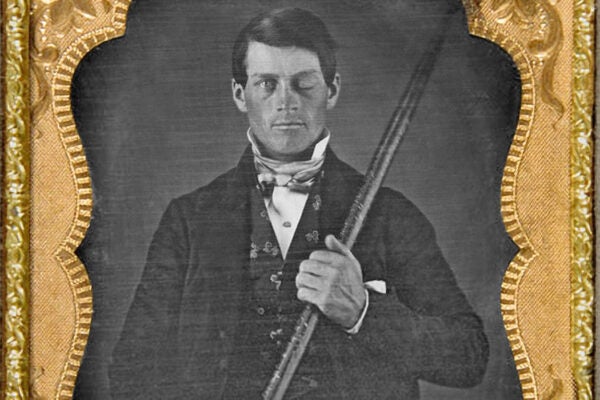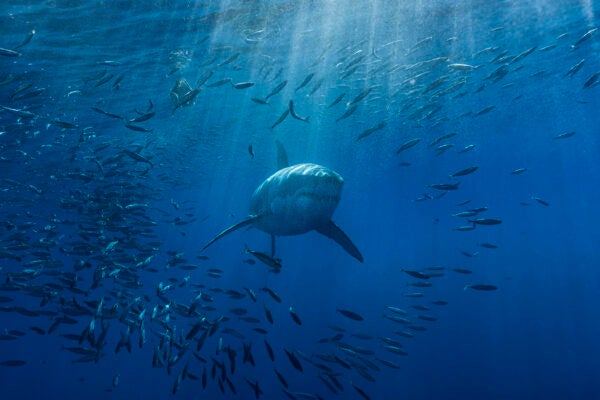Were these cute creatures the first livestock? (Atlas Obscura)
by Manvir Singh
The cuscuses of the Asian Pacific Islands are adorable, fuzzy marsupials that are also conveniently nutritious and easy to hunt. That’s not simply a stroke of luck for people in the region. It’s a sign of human cultivation of natural resources that goes back long before anyone thought to put a cow in a pen.
The Victorian backstory of Goosebumps (The Atlantic)
by Adrienne LaFrance
R.L. Stine was far from the first person to write stories to scare children. But he did help revive a literary tradition that dates to the nineteenth century “invention of childhood.”
How does an octopus taste? (Wired)
by Sara Harrison
Among the many wild things about octopuses is their ability to “taste” the world around them with their suction-cup-covered arms. But under the sea taste means something different than it does to us land-lubbers.
The world the British Empire shaped (New Yorker)
by Maya Jasanoff
The end of the British Empire in the middle of the twentieth century was marked by the burning of documents around the world as the imperial forces literally erased history. After all the ways the empire has been celebrated and reviled, how can we come to terms with its role in shaping the modern world?
How to make a painting move (Artnet News)
by Ben Davis
An optical illusion can trick you into seeing Van Gogh’s Starry Night come to life. It can also make a painting of cake look extra-appealing. But how?
Got a hot tip about a well-researched story that belongs on this list? Email us here.






